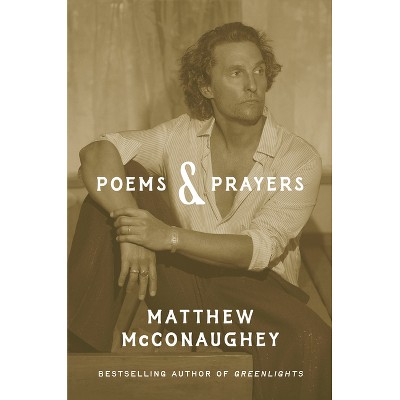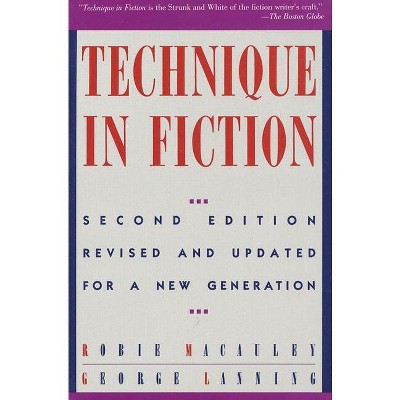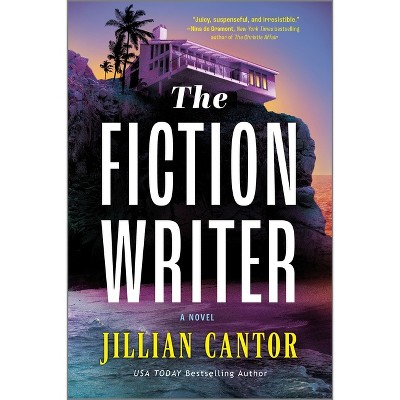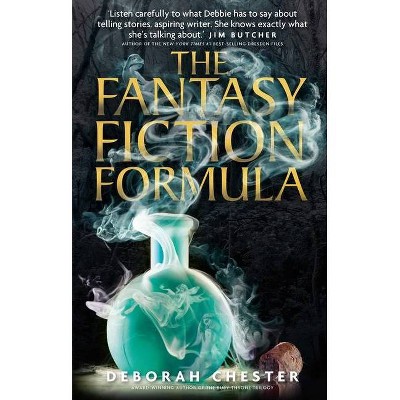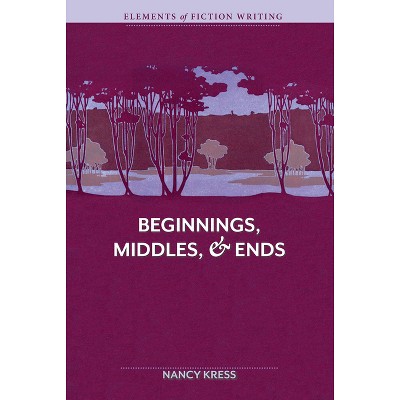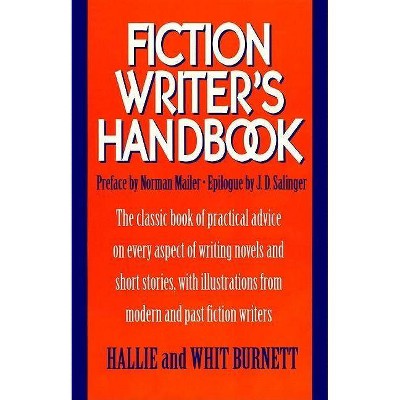Sponsored

A Fiction Writer's Guide to Peace - by Gabriel Ertsgaard (Hardcover)
In Stock
Sponsored
About this item
Highlights
- Superhero violence and graphic action sequences are prevalent on the screen and on the page, but this book takes an alternative route with practical guidance, frameworks, and tools for incorporating the principles of peacebuilding and nonviolence into compelling fiction.
- About the Author: Gabriel Ertsgaard is Interviews Editor for the Peace Chronicle and Copy Editor for the poetry journal Drifting Sands Haibun.
- 184 Pages
- Language + Art + Disciplines, Writing Skills
Description
About the Book
The fiction writer's guide to making peacebuilding, civil resistance, and conflict transformation as compelling as battles and explosions.Book Synopsis
Superhero violence and graphic action sequences are prevalent on the screen and on the page, but this book takes an alternative route with practical guidance, frameworks, and tools for incorporating the principles of peacebuilding and nonviolence into compelling fiction. By mapping a path less travelled but just as vital in divisive times, Gabriel Ertsgaard shows writers how they can enact nonviolent heroism in their characters, model civil resistance in their stories, and create worlds around a mythos that champions redemptive nonviolence. With concepts applicable to writing for fiction, drama, the screen, and narrative poetry, A Fiction Writer's Guide to Peace deconstructs the necessity for violence in popular works, explores key concepts in peace studies, and helps writers establish their own peace poetics. Focused around the narrative craft techniques of character arcs, campaigns, duels, and worldbuilding, the book features numerous creative writing prompts and examples from key works. These include films such as Trading Places, Selma, Lage Raho Munna Bai, and Frozen and literature ranging from Shakespeare's plays to Dickens' A Christmas Carol to Julia Quinn's Bridgerton novels.
A timely and important expansion to any writer's toolkit, A Fiction Writer's Guide to Peace allows storytellers to understand the complex dynamics of, and the damage caused by, violent perspectives and actions, giving them a way into considering nonviolence as powerful and preferable.Review Quotes
"A very interesting premise to explore for fiction writing and one deftly handled by Gabriel. He takes the reader/writer logically through the process of nonviolent heroism in fiction and how to make it an active part of a narrative." --Todd Sanders, Publisher, Air and Nothingness Press
About the Author
Gabriel Ertsgaard is Interviews Editor for the Peace Chronicle and Copy Editor for the poetry journal Drifting Sands Haibun. He also serves on the board of directors for the Quaker magazine Western Friend. He has taught university English courses for the past decade, and is the author of numerous poems, short stories, and nonfiction articles. He holds a Doctor of Letters with a concentration in Global Studies from Drew University, USA.


